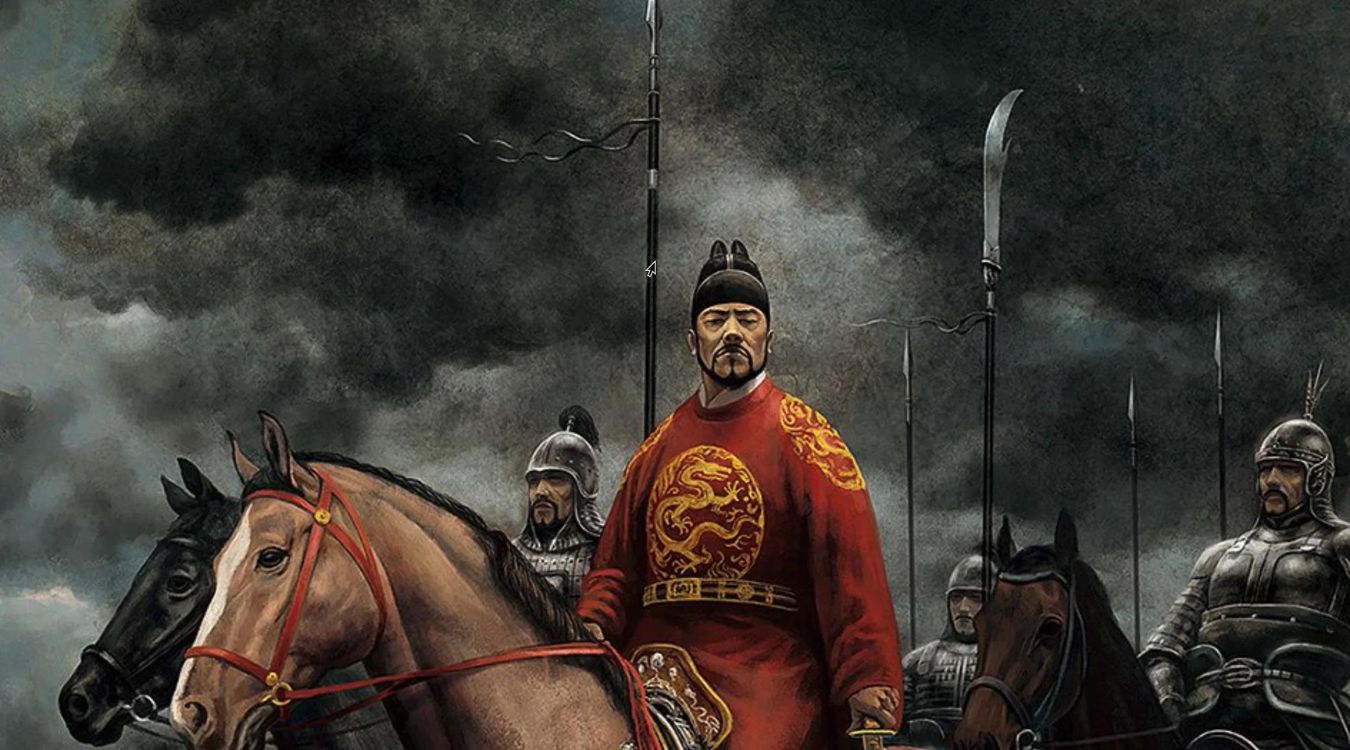
The Baekje–Tang War was a significant conflict in ancient Korean history, involving the Korean kingdom of Baekje and the Chinese Tang dynasty. This war, which took place in the 7th century, reshaped the political landscape of East Asia. Baekje, one of the Three Kingdoms of Korea, faced a formidable opponent in the Tang dynasty, known for its military prowess and strategic acumen. The conflict saw alliances, betrayals, and epic battles that have fascinated historians for centuries. Understanding the Baekje–Tang War provides insight into the era's complex geopolitics and the enduring legacy of these ancient civilizations. Ready to dive into 25 intriguing facts about this historical clash? Let's get started!
Key Takeaways:
- The Baekje–Tang War was a major conflict between ancient Korean kingdom of Baekje and the powerful Tang Dynasty of China, shaping the history of the Korean Peninsula and East Asia.
- The war led to Baekje's defeat, Silla's rise to power, and Tang China's expanded influence, marking the end of Baekje as an independent kingdom and leaving a lasting impact on the region's culture and history.
The Baekje–Tang War: An Overview
The Baekje–Tang War was a significant conflict in East Asian history. It involved the ancient Korean kingdom of Baekje and the Tang Dynasty of China, along with their respective allies. This war played a crucial role in shaping the political landscape of the Korean Peninsula.
- The Baekje–Tang War occurred between 660 and 663 AD.
- Baekje was one of the Three Kingdoms of Korea, alongside Goguryeo and Silla.
- The Tang Dynasty was one of the most powerful empires in Chinese history.
- Silla, another Korean kingdom, allied with the Tang Dynasty against Baekje.
- The war began when Silla requested Tang's assistance to defeat Baekje.
Key Battles and Events
Several key battles and events defined the course of the Baekje–Tang War. These moments were pivotal in determining the outcome of the conflict.
- The Battle of Hwangsanbeol in 660 AD was a decisive victory for Silla and Tang forces.
- General Gyebaek led Baekje's forces at Hwangsanbeol but was ultimately defeated.
- The fall of Sabi, Baekje's capital, marked a significant turning point in the war.
- Baekje's King Uija was captured and taken to Tang China.
- The Battle of Baekgang in 663 AD was the final major battle of the war.
The Role of Key Figures
Several key figures played crucial roles in the Baekje–Tang War. Their leadership and decisions significantly influenced the war's outcome.
- King Uija was the last ruler of Baekje.
- General Gyebaek was a renowned Baekje military leader.
- Kim Yushin was a prominent Silla general who led many successful campaigns.
- Emperor Gaozong of Tang supported Silla with military aid.
- General Su Dingfang commanded Tang forces during the war.
The Aftermath and Consequences
The Baekje–Tang War had far-reaching consequences for the Korean Peninsula and the involved parties. The aftermath reshaped the region's political and cultural landscape.
- Baekje's defeat led to its annexation by Silla and Tang.
- Many Baekje nobles and citizens fled to Japan after the war.
- The war strengthened Silla's position, leading to the eventual unification of Korea.
- Tang China expanded its influence in the Korean Peninsula.
- The war marked the end of Baekje as an independent kingdom.
Cultural and Historical Impact
The Baekje–Tang War left a lasting impact on the cultural and historical narratives of Korea and East Asia. Its legacy continues to be remembered and studied.
- The war is depicted in various Korean historical dramas and literature.
- Artifacts from the war, such as weapons and armor, are displayed in museums.
- The war is a subject of academic research and historical studies.
- The Baekje–Tang War is commemorated in annual festivals in South Korea.
- The conflict is considered a significant event in the history of East Asian warfare.
The Legacy of the Baekje–Tang War
The Baekje–Tang War left a lasting mark on Korean and Chinese history. This conflict, which saw the fall of the Baekje kingdom, reshaped the political landscape of East Asia. The war highlighted the strategic importance of alliances, as demonstrated by the Tang-Silla partnership. This alliance not only led to Baekje's downfall but also paved the way for the eventual unification of the Korean Peninsula under Silla.
The cultural exchanges between the Tang dynasty and the Korean kingdoms during and after the war enriched both civilizations. Innovations in art, technology, and governance spread across borders, influencing generations to come.
Understanding the Baekje–Tang War offers valuable insights into the complexities of ancient warfare, diplomacy, and cultural integration. This historical event reminds us of the enduring impact of past conflicts on present-day societies.
Frequently Asked Questions
Was this page helpful?
Our commitment to delivering trustworthy and engaging content is at the heart of what we do. Each fact on our site is contributed by real users like you, bringing a wealth of diverse insights and information. To ensure the highest standards of accuracy and reliability, our dedicated editors meticulously review each submission. This process guarantees that the facts we share are not only fascinating but also credible. Trust in our commitment to quality and authenticity as you explore and learn with us.
